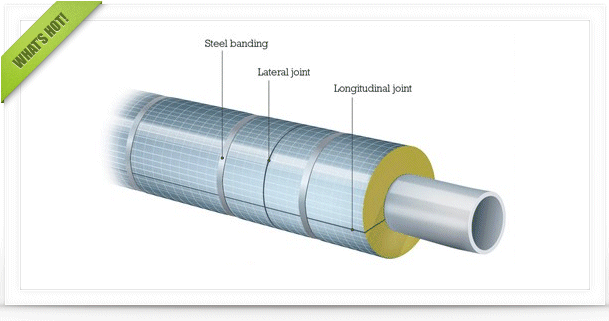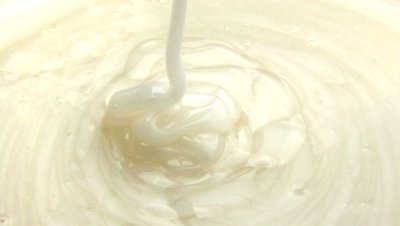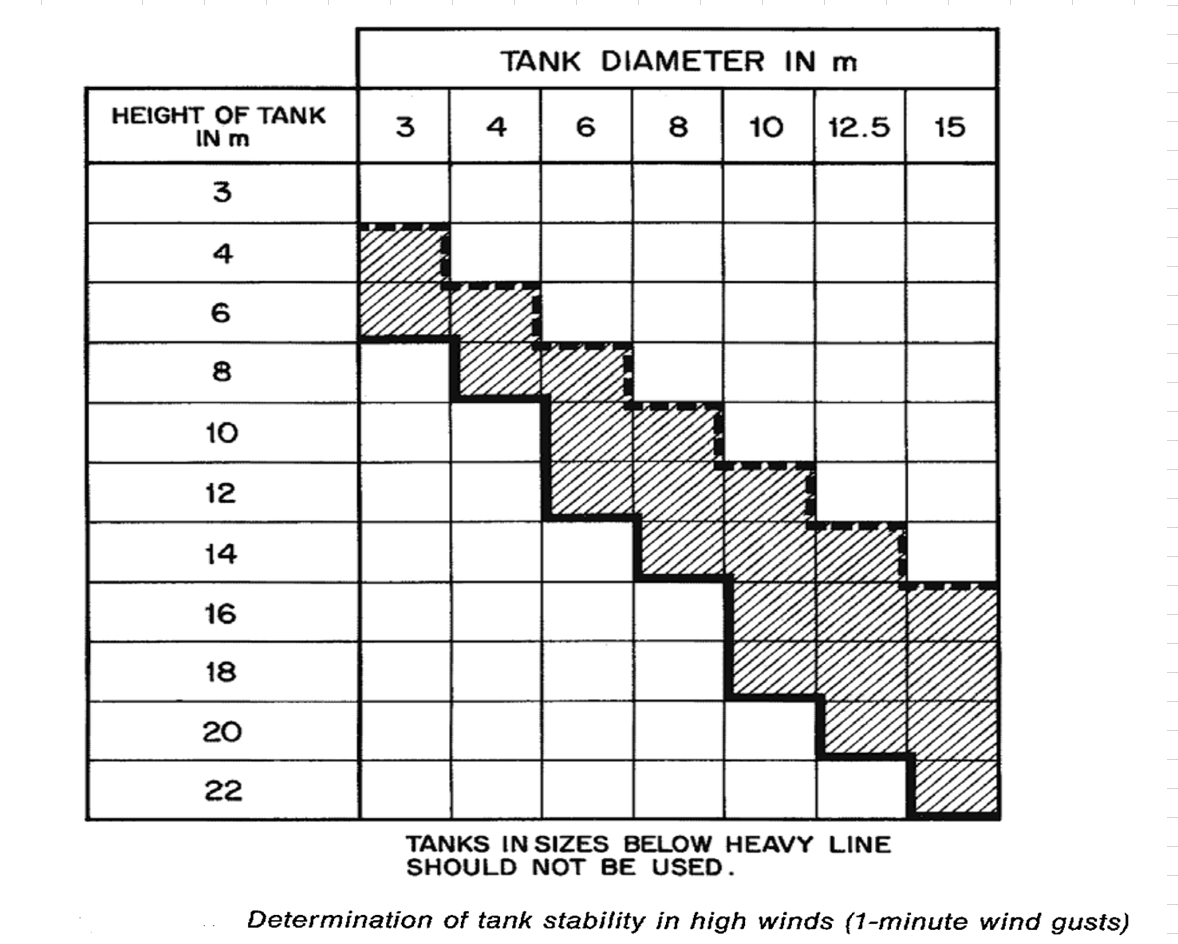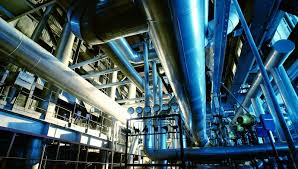If MMF stands for Multimedia Filter, I assume this is upstream of a desalination unit.
Static height should be good for 7 psig loss. Excluding piping delP, you lose 48 psi (3.3 bar) in your MMF (52- (2.6) -7). 2x your allowed delP.
The numbers you provided are a bit suspect.
Do you have any equipment in between? What's the water velocity in your pipes?
To address your initial question: Yes, you can have negative pressure in your system, mainly dictated by equipment layout/routing.
Your system is not uncommon. My facility has this and we're suffering because of it.
I should install a vent/vacuum breaker valve there?
This will solve the start-up issue, but this will bite you in the ass during normal operation. The vacuum breaker valve will ALWAYS open to break the vacuum at high point and this will cause air ingress in your line, resulting to two phase flow. With the right amount of air ingress, you may have slug/churn flow in that line which can lead to vibration.
If you take out the vacuum breaker and once you start up this pump, the negative pressure at high point can be tolerated. However, if the pressure sits too close to the water saturation pressure (at operating temperature), you may experience vapor lock in this segment and worse, cavitation downstream. Both are undesirable.
On the other hand, negative pressure is never a friend of PVC, which I guess the MOC for your pipes for this service.
If this is greenfield, try to have your routing to avoid such high point. If it's not possible, introduce a backpressure downstream of your MMF to force the high point to go above atmospheric. If your hands are tied and can't do much, then either (1) tolerate the negative pressure and ensure that segment is designed for vacuum (by adding stiffening rings) or (2) add the vacuum breaker and ensure that segment is designed for two phase flow.
Edited by Dacs, 18 August 2024 - 12:02 AM.

 FB
FB












